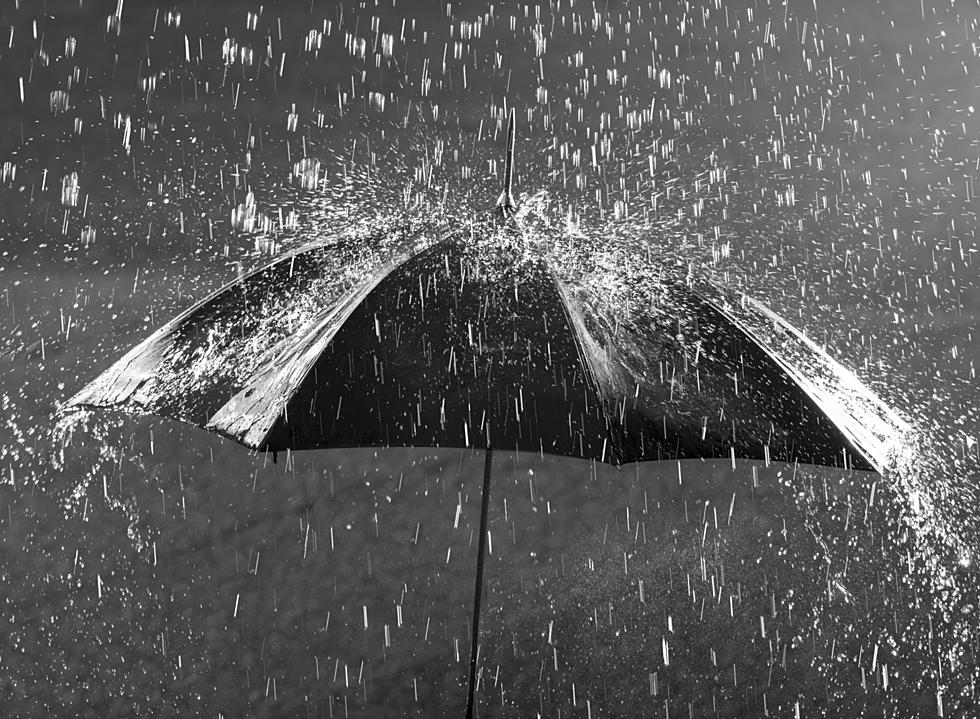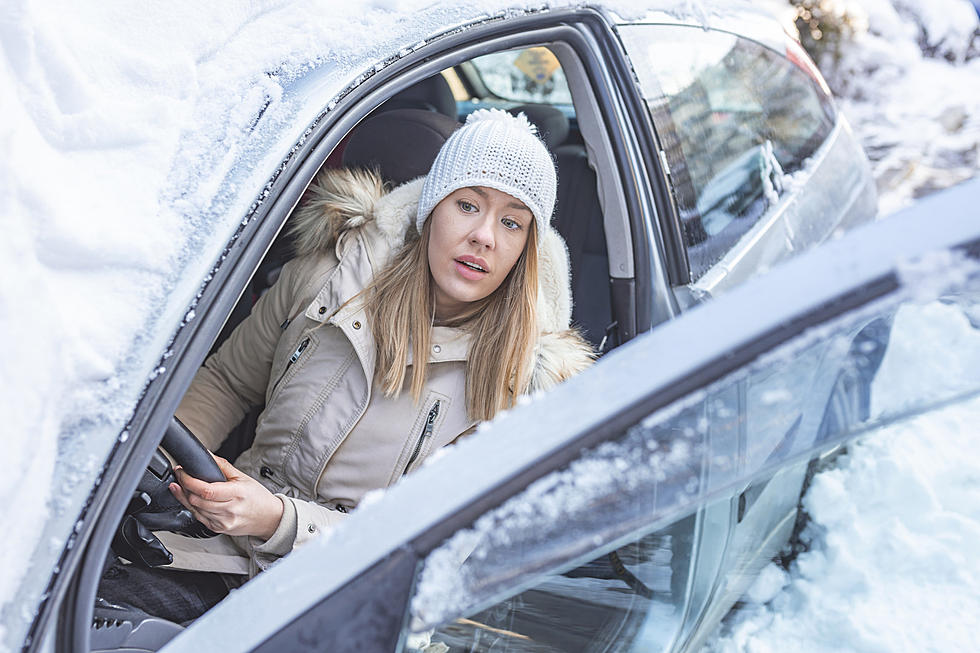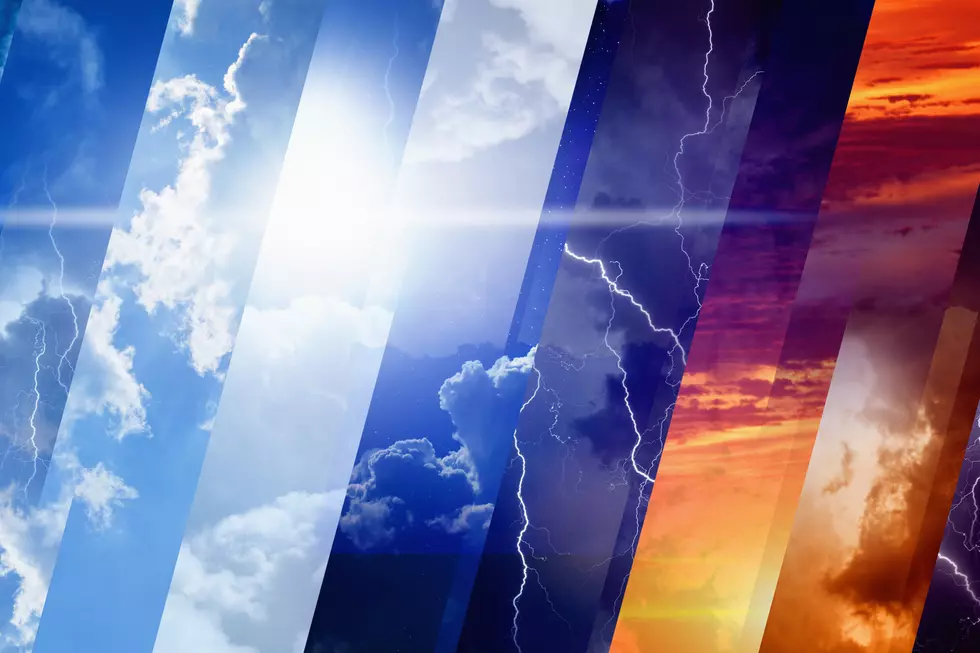
Hail, Tornadoes, More: Prepare for Missouri’s Spring Storms
As February turns to March Missouri meteorologists and public safety experts begin to focus more on the potential for tornadoes, lightning, hail, and flooding vs. the havoc snow and ice can have throughout the state. This week has been declared Severe Weather Preparedness Week and here's some of what officials will be talking about.
Each day of Severe Weather Preparedness Week includes devoting a day to each of the following aspects of severe weather:
Monday: Receiving Weather Information
Missouri residents should have several ways to receive weather information wherever they are. This includes through the media, a NOAA weather radio and their cellular phone. And not all the ways you receive your information should require you to need electricity. A battery operated or hand cranked radio can help you get information in the event of a power outage. So can keeping a phone, tablet or lap top charged when severe weather is predicted.
Our Townsquare Sedalia radio stations (Kix 105.7, Awesome 92.3, and 1050 AM KSIS) automatically relay EAS Messages sent by the National Weather Service and other local agencies regarding severe weather. Additionally, our Weatherology meteorologists provide the weather information you need during severe weather.
Tuesday: Tornado Safety
Tornado sirens across Missouri will be activated during Missouri's State Wide Tornado Drill at 10:00 AM CST Tuesday, March 2. Residents should treat the drill as if it were an actual Tornado Warning and test their readiness for life-threatening severe weather events.
Families should have a plan that includes an emergency meeting place and shelter spaces. In your home, good shelter spaces include a basement, storm shelter or an interior room on the lowest floor with no windows.
Do you know the difference between a Tornado Watch and Warning? The short answer is a Tornado Watch means conditions are favorable for a tornado in and around the watch area and you should be ready to react quickly if a Tornado Warning is issued. A Tornado Warning means a tornado has been sighted or indicated by radar and people in the path of the tornado should seek shelter immediately.
You can learn more about being prepared for tornadoes here.
The rest of the week deals with the effects of severe thunderstorms: Lightning, hail and straight line winds and flooding.
Wednesday: Lightning Safety
Each year there are 25 million cloud to ground lightening strikes. Around 300 people are struck by lightning every year, and 30 of them die from it. Many victims of lightning strikes, however, live with pain, neurological disabilities, depression, and other health problems. Avoiding lightning strikes is pretty simple, when you hear thunder go inside and stay there until 30 minutes after you last hear thunder.
Buildings with plumbing and wiring is the best place to be when lightning is around. A hard topped metal vehicle with the windows closed is a close second. Porches, tents, sheds, and picnic shelters are not good shelters from lightning.
Additionally you should stay away from electrical equipment and plumbing during storms, as lightning will travel through your electrical lines and plumbing if lightning strikes your building. That's why you shouldn't shower, wash dishes or talk on an old school land line phone during lightning storms. You can learn more about lightning safety here.
Thursday: Hail / Wind Safety
Many severe thunderstorms, the kind that trigger severe thunderstorm warnings, include high straight line winds and or large hail. Make sure to bring pets inside before this type of weather hits. The best place to be in this weather is inside a sturdy building. Large open rooms like cafeterias, auditoriums, and gyms should be avoided. A car is safer than being outside, but driving to a secure shelter and going inside is the best way to stay safe. Don't seek shelter under a tree, it's not safe. You can learn more about high wind and hail safety here.
What's the difference between a Severe Thunderstorm Watch and a Severe Thunderstorm Warning? A watch means there is a potential for severe thunderstorms in and near the are watched area. And you should be prepared to act if a warning is issued. A warning means severe weather has been reported by spotters or indicated by radar. Learn more about this here.
Friday: Flood Safety
Flooding results in more weather related deaths than any other thunderstorm related hazard. Why? Many deaths occur when people try to drive their vehicles through flooded road. In other words, when you come across a flooded road, turn around don't drown.
The best way to stay safe from flooding is to stay informed. Listen to radio and television reports about flooded roads. Keep up with the Missouri Department of Transportation's traveler information map. Check the internet and social media for information on flooding.
Additionally be safe. If asked to evacuate your home, or the area where you are. Heed that advice. If your home floods don't go into any room or the basement if water has reached your electrical outlets or electrical cords are submerged. if you see sparks or a buzzing or popping get out of the building immediately.
Learn more about flood safety here.
Much of the information you will be seeing this week from many area agencies will have been sourced or put together from the National Weather Service office in St. Louis and found on their web page dedicated to Missouri Severe Weather Preparedness Week. Their web page is an excellent starting page for those looking for a comprehensive resource to learn more about what this article talks about. Much of the information in this article has been sourced and condensed from this page.
KEEP READING: What to do after a tornado strikes
More From Mix 92.3










